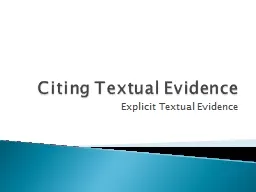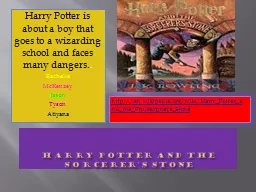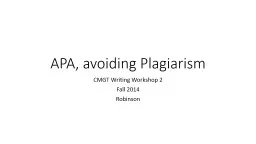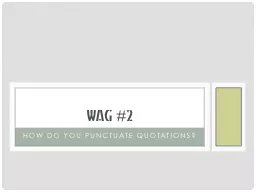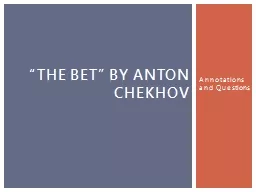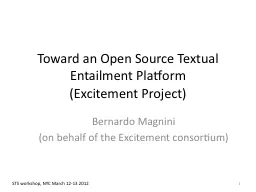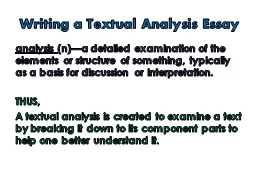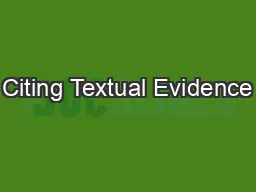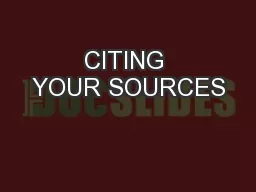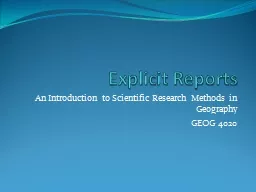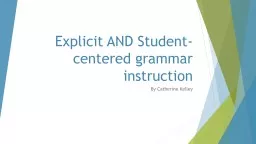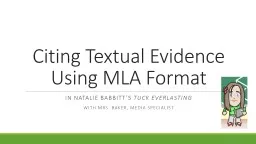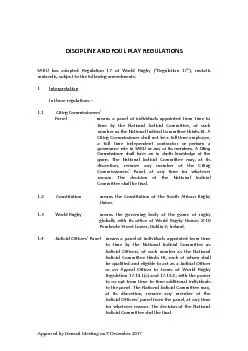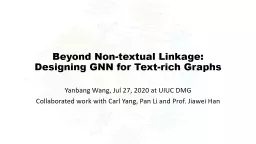PPT-Citing Textual Evidence Explicit Textual Evidence
Author : celsa-spraggs | Published Date : 2019-03-02
When we read we are often asked to answer questions or express our ideas about the text Why use Explicit Textual Evidence In order to let people know that we arent
Presentation Embed Code
Download Presentation
Download Presentation The PPT/PDF document "Citing Textual Evidence Explicit Textual..." is the property of its rightful owner. Permission is granted to download and print the materials on this website for personal, non-commercial use only, and to display it on your personal computer provided you do not modify the materials and that you retain all copyright notices contained in the materials. By downloading content from our website, you accept the terms of this agreement.
Citing Textual Evidence Explicit Textual Evidence: Transcript
Download Rules Of Document
"Citing Textual Evidence Explicit Textual Evidence"The content belongs to its owner. You may download and print it for personal use, without modification, and keep all copyright notices. By downloading, you agree to these terms.
Related Documents

